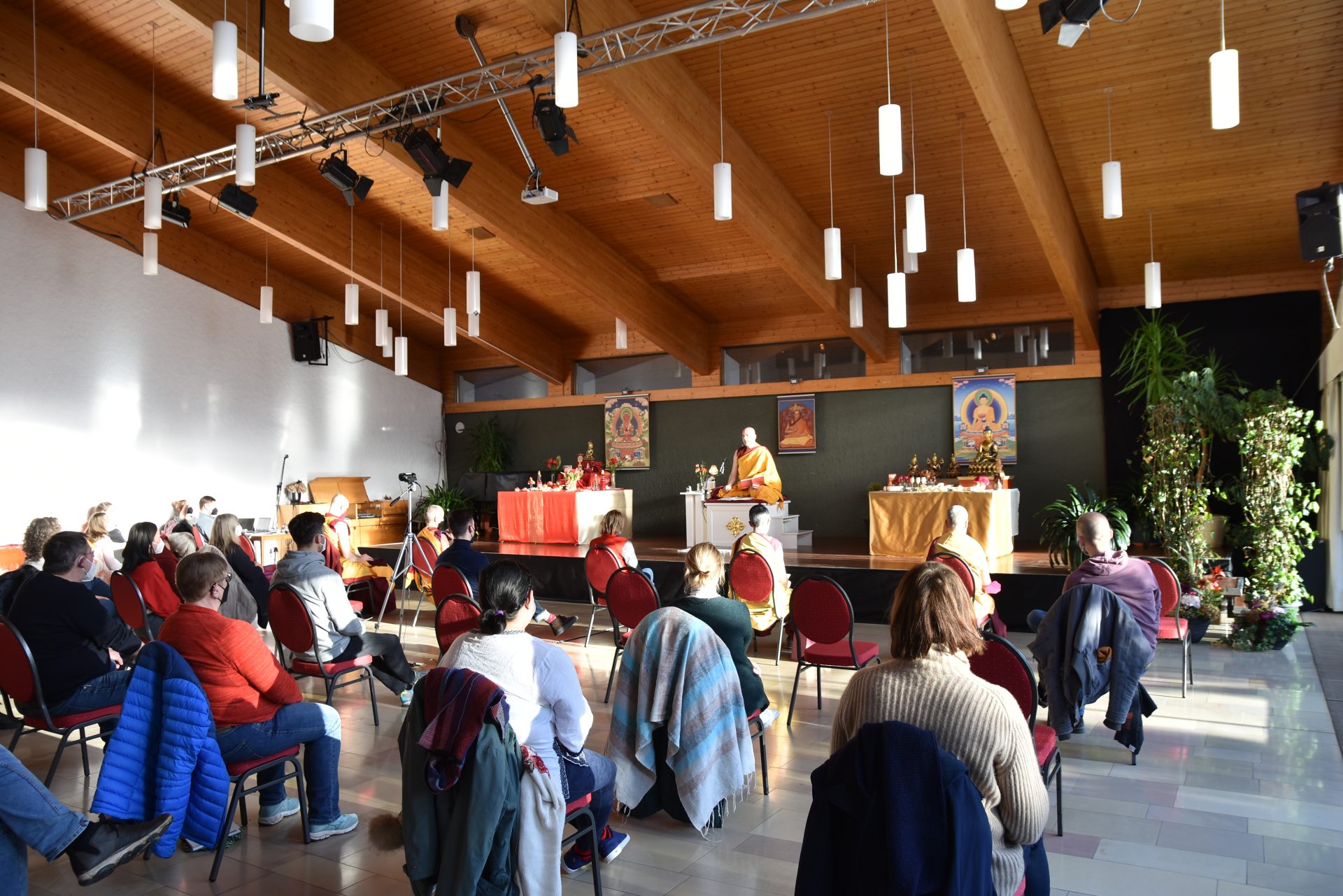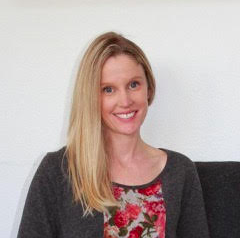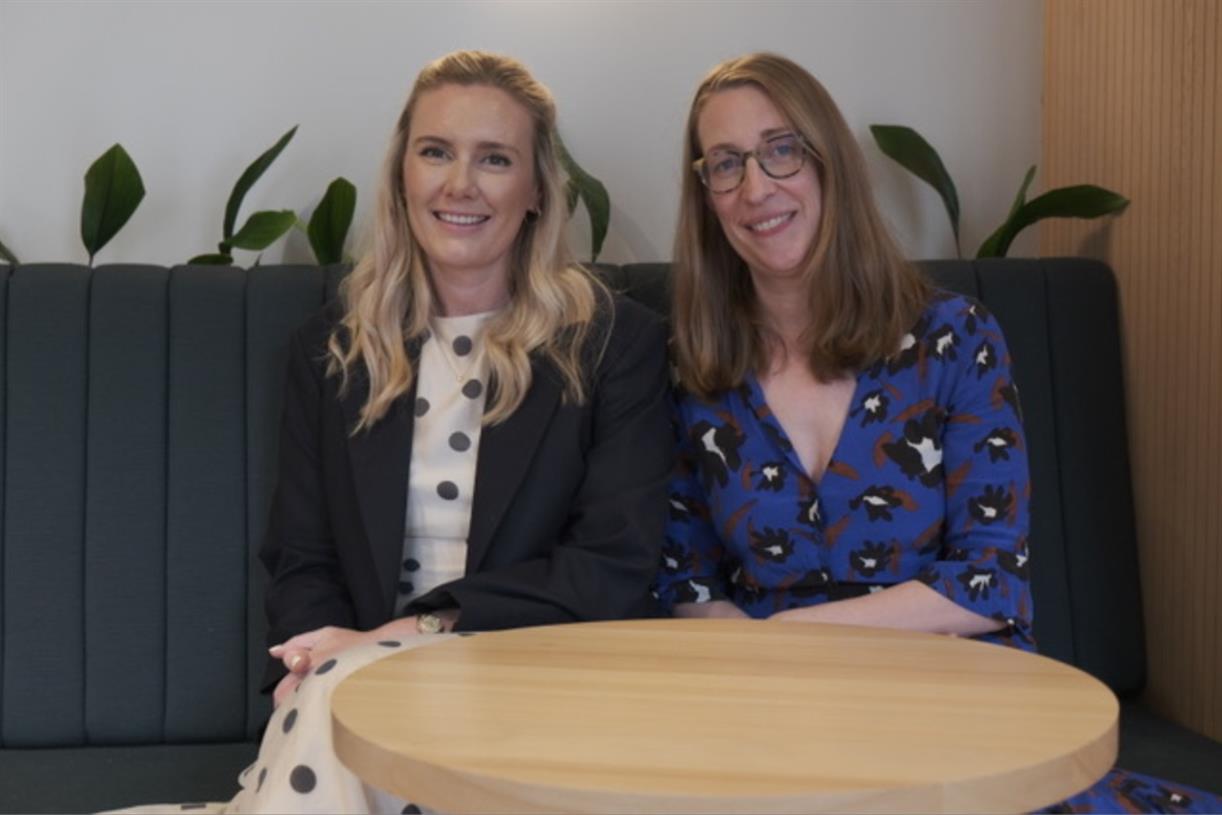10 Important Ways to Stay Minimalist
Some of us declutter our homes, our schedules, our e-devices, and more – but we don’t stay that way. We’re alive, so we buy and consume. Opportunities arise, and we say yes. A new app, streaming service, or online...
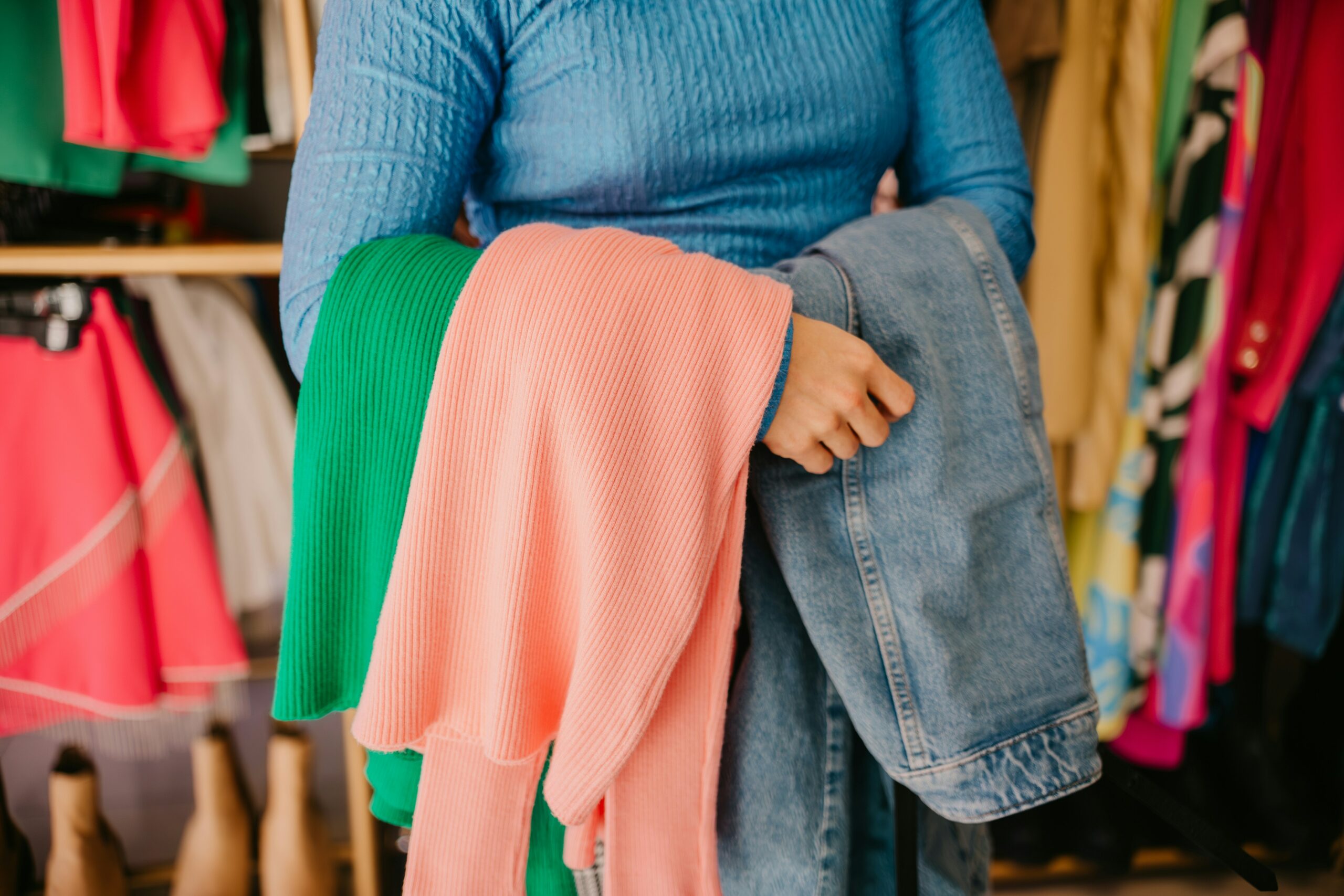
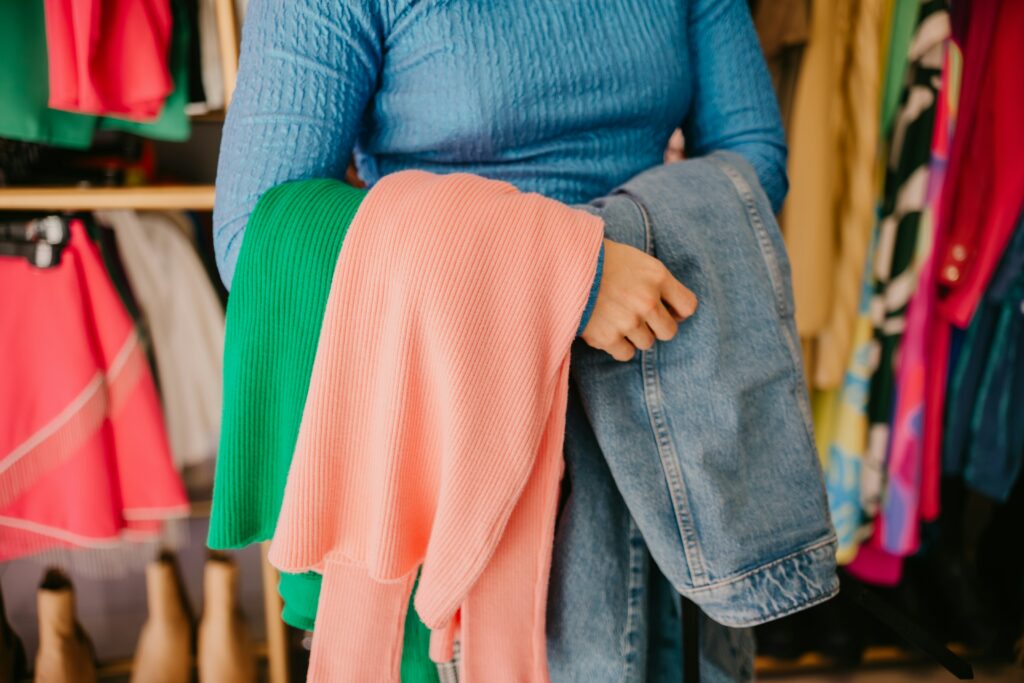
Some of us declutter our homes, our schedules, our e-devices, and more – but we don’t stay that way. We’re alive, so we buy and consume. Opportunities arise, and we say yes. A new app, streaming service, or online resource beckons, and we subscribe.
It’s called clutter creep, and that’s the perfect name for a reason. It sneaks in, little by little, and we barely notice at first. Then one day we wake up and pay attention, and see that we’re overloaded again.
This doesn’t mean we’re failures, and it’s not a signal to give up on minimalism! It’s a cue to be more intentional about our actions, and more selective in our choices.
I recently took stock of my home and realized I wasn’t as minimalist as I want to be. I’ve added too much, and my closets, calendar, and computer reflect that. Like auto maintenance, you neglect it at your peril, and the eventual cost may be more than you want to pay.
Here’s how to handle clutter creep.
10 Essential Maintenance Tasks
1. Remember your why.
Return to the reasons you became minimalist. Living with less has so many benefits – which ones speak to you? Perhaps it’s more ease and less stress at home, more money for the things that really matter to you, more time for your family and your passions, fewer comparisons with others, and more understanding of what makes you you. All of those options are within your control, and minimalism gets you there.
2. Stay inspired.
You don’t have to do this alone. If you don’t have friends or family who share and encourage your pursuit of minimalism, find online support. No Sidebar is one great resource, but I generally produce two posts a week, and I’d love to be your simple living friend. Visit me at maximumgratitudeminimalstuff.com.
3. Upgrade habits.
Develop routines that help you keep your surroundings tidy and clutter-free. The beautiful thing about such practices is that they reduce the energy required to do any task. You no longer have to decide to be neater or more organized – the habits take care of that for you.
4. Set boundaries.
You cannot organize your way to a simpler life. Boundaries, like routines, make decisions for you. Choose your favorite set of dishes, and declutter the rest. Choose your top ten tops for this season, and remove the rest. Keep one bin for knitting supplies, one drawer for kitchen gadgets, or one bookcase.
When you start by choosing what you use and love, getting rid of the rest becomes a practical choice, not an emotional one. When a space is comfortably full, it’s clear you have enough. Turn your energies to more important pursuits.
5. Stop shopping.
Find ways to control how much enters your home. For example:
• Place a temporary ban on online shopping (try one week or one month). If you want something, you have to get dressed, go out, and look for it.
• Waitlist any non-essential purchases. Revisit items after a period of 48 hours or more. Is the urge or need as strong as it was? Do you even remember the item after several days? (I usually don’t.)
• Plan a Buy Nothing challenge. You make the rules, but consider 30 days when you only shop for food, gas, and personal care items like TP and toothpaste.
6. Focus on experiences.
Instead of buying stuff you don’t need, spend money on experiences you’ll enjoy and remember. Travel, concerts, and fine dining are all great ideas, but don’t forget the small, lovely experiences you can enjoy any time. Your favorite music, the pretty park down the road, and time spent with a loved one can make any day special.
7. Turn it off.
The internet is a fantastic tool, but it has become a highly invasive, non-stop vehicle for advertising. Whether it’s social media, your trusted news source, or maybe even your favorite blog, the push to buy more and more is relentless. Add TV, radio, and a trip to the movie theater, and you’re basically surrounded by consumer culture.
Take regular media sabbaticals. One complete day every week is a good goal, but if you can’t manage that, consider two evenings a week or maybe every Saturday and Sunday before noon.
8. Donate, don’t sell.
A 15-minute purge every week, or a one-hour block each month, can help you keep clutter-free. And when you clear things, donate them rather than taking the time to photograph, describe, price, monitor responses, pack up, ship, and all the other time-consuming details of selling your stuff. Simply take that full box or bag to your nearest charity shop, homeless shelter, preschool, or other appropriate donation site.
9. Keep experimenting.
Keep challenging your assumptions about how much you need. This is not only enlightening, it’s fun. Here are some of the challenges I’ve tried, usually for 30 days:
• Eat the same breakfast every day. (I chose oatmeal garnished with nuts and fruit.)
• Choose a 10-item mix-and-match wardrobe (4 bottoms, 6 tops, plus underwear, nightwear, 2 pairs of shoes, 1 handbag, and a jacket as needed).
• Zero Starbucks.
• Zero social media.
• Zero TV.
You never know what you’ll discover with an experiment. You might find a better way of living.
10. Give thanks.
Remind yourself of how much you already have by taking time every morning or evening to jot down three to five things you’re thankful for.
When we focus on the good things we already possess, we crowd out negative thoughts and start seeing more and more to appreciate. A gratitude practice will improve your life in so many ways, and help you resist the idea that happiness comes from buying something.
Change your life.
Minimalism isn’t just about decluttering – it’s a mindset and way of being that will help you find purpose, contentment, and joy. Don’t lose those benefits by slipping back into old ways of doing things. If you need to, banish clutter creep today.
***
About the Author: Karen Trefzger is a writer, singer, teacher, wife, mother, and grandmother who has been choosing a simpler life for over 20 years. She is the author of several books about minimalism, and blogs at Maximum Gratitude Minimal Stuff.

 Fransebas
Fransebas 







